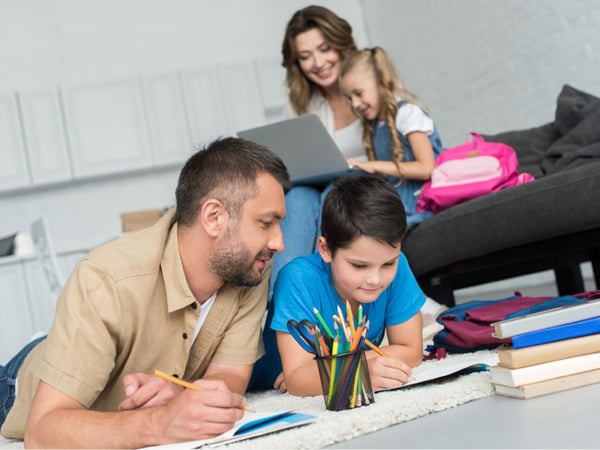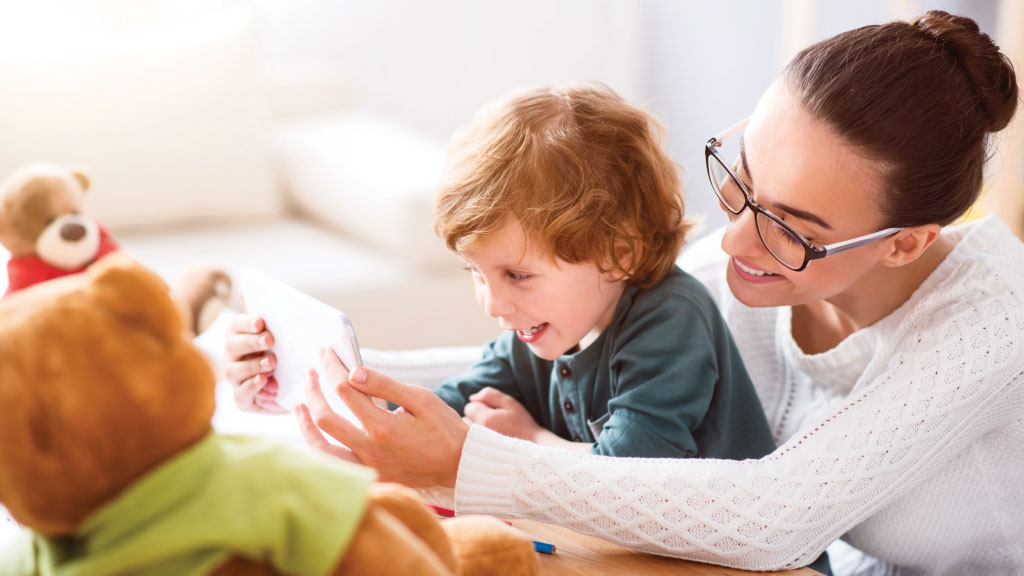Every child experience all sorts of positive and negative emotions as they go on with their day. However, this experience can be more challenging for children with attention disorders as these emotions can be felt rather intensely compared to their peers and can be overwhelming enough to affect their ability to thrive in social and academic settings.
Typically, a child with emotional regulation deficits can experience escalated excitement and have difficulties calming down, or expect immediate gratification where they feel the need to have whatever they want, right away. Many parents view these behaviours as the child being difficult but this may not be so.
Emotional regulation or the ability to effectively manage and respond to an emotional experience (Wadlinger et al., 2011) can help reduce behaviours such as meltdowns, outbursts, and tantrums which inevitably puts a strain on the parent-child relationship. While many factors such as genetics, peer, and culture can influence the child’s ability to self-regulate their emotions, parents, and family continue to play a central role in coaching and guiding children in picking up and practicing these skills.
Here are a few tips to help children learn skills for emotional regulation:
-
Parent Models Positive Responses

Behaviour modeling or ‘observation learning’ is one of the fastest ways a child learns to replicate a behaviour (Bandura, 1977). The child will watch their parents closely, internalise what they see, and then imitate those behaviours. Hence, parents must remain calm and think objectively to solve challenges as this will show the child the ‘correct’ way of maintaining their composure and finding answers rather than placing blame on others. -
Create Opportunities to Practice

Create opportunities for the child to practice self-regulation skills by visiting places that the child usually acts out at and guide the child into responding positively this time. For example, if the child touches everything at the supermarket or throws tantrums when they do not get what they want, make several short visits and allow them to practice keeping their hands to themselves or reward the child with points if they do not throw tantrums during the trip. -
Practice Mindfulness

Mindfulness is building up on awareness through paying attention to the present moment and non-judgmentally (Kabat-Zinn, 1982). By introducing and practicing more mindful techniques such as body scans and belly breathing with the child, the brain will learn a new habit of taking a step back and thinking through their responses instead of being reactive. Even if the child does not respond well on the first try, continue to be consistent and make it part of the child’s routine. -
Attention Training through Digital Therapeutics

Attention and emotional regulation appear to be linked at both behavioural and neural levels (Loeffler et al., 2019) and this can be particularly challenging for children with attention disorders. Hence, signing up the child for attention training programmes can help increase their attention and focus.
Neeuro’s Cogo attention training programme is an evidence-based, digital therapeutics intervention that has been shown to help children sustain their attention and develop inhibition control (Qian et al., 2018). The programme has been gamified to be fun and interactive while using neuroscience and brain computing interface technology so that progress can be objectively measured.
Click the banner below to find out more about Cogo.






Leave a Comment